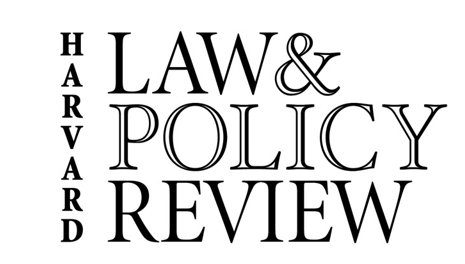By Francesca Procaccini In a seismic, albeit relatively foreseeable, week at the Supreme Court—one in which love and equal justice triumphed over antiquated beliefs and modes of interpreting the Constitution, in which President Obama’s landmark health care bill again repelled attack, in which rights of criminal defendants were safeguarded and the viability of solitary confinement forcefully challenged—one shock wave that emanated from the court was at least as momentous and by far the most …
